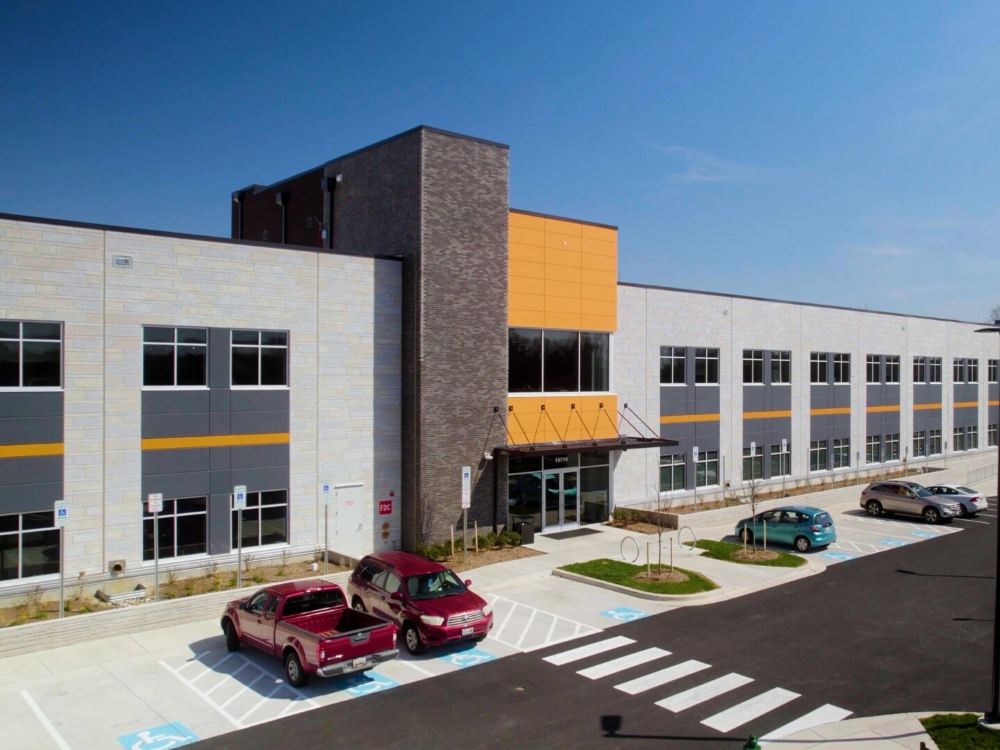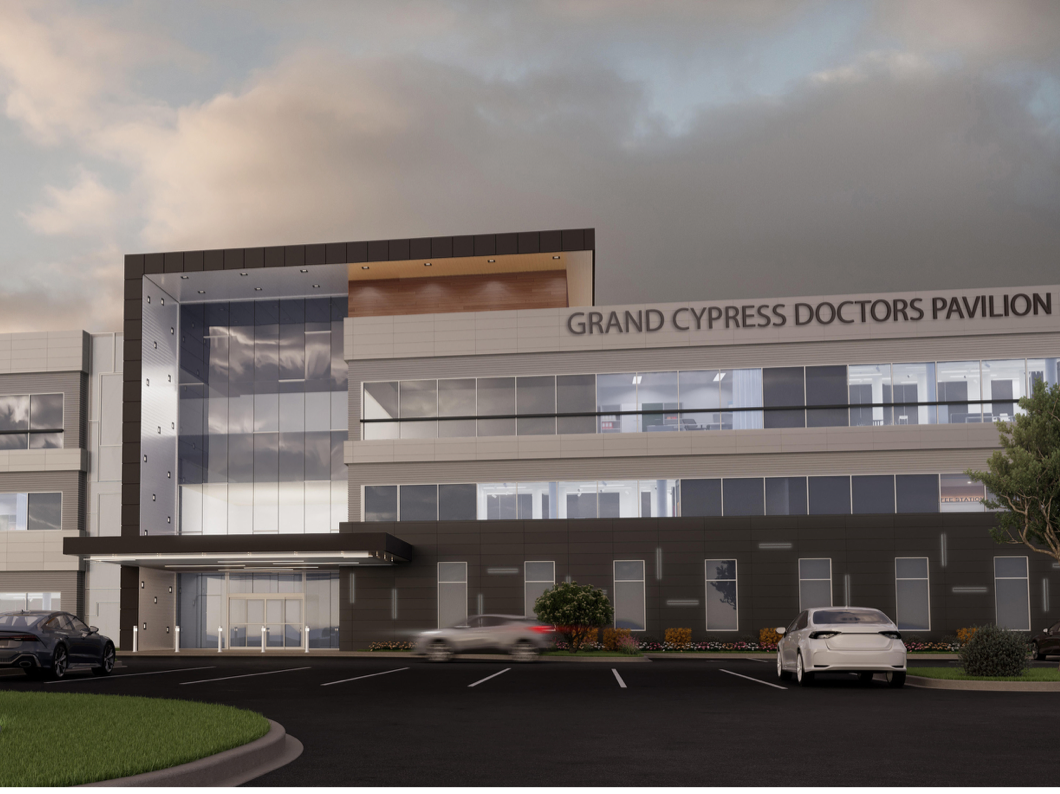Healthcare REITs: What to Watch for in 2020
Tight labor markets and some oversupplied markets present credit challenges, but there are a few silver linings as well, explains Lori Marks of Investor Services.

Lori Marks Photo courtesy of Moodys Investor Services
Moody’s expects the senior housing industry in 2020 will continue to contend with high labor costs and increasing new supply. Even as the pace of new starts has declined, many markets still have large numbers of projects that need to lease up, marking the fifth consecutive year of competitive pressures for the industry. At the same time, low unemployment will continue to drive up labor costs, a key cost component for senior housing that contributes about 60 percent of total expenses. These persistent supply and labor challenges are credit negative for REITs with large senior housing portfolios.
Strengthening Credit Profiles
REITs are invested in senior housing via triple net lease structures, which limit risk to the tenant operator’s ability to keep making rent payments, as well as through taxable REIT subsidiaries, which allow REITs to directly realize the properties’ after-tax income after paying a third-party management fee. REITs have strengthened the credit profiles of their triple net portfolios in recent years, restructuring leases and selling assets to boost operator profitability. Moody’s believes that most of the larger at-risk leases have already been resolved and expect these portfolios to generate stable cash flows this year.
In Moody’s view, REITs’ TRS operations represent a greater source of risk in the current operating climate. REITs have shown an increased preference for this structure, using it for most new acquisitions as well as in situations in which they seek to improve an underperforming portfolio. TRSs allow REITs to structure better economic alignment with their operating partners, as well as share in more upside earnings potential. But while these operations have been a strong source of profit growth in the past, their growth has been in cyclical decline since 2015, demonstrating the cash flow volatility associated with this business.
On a positive note, the pace of project starts has slowed and measures of senior housing demand remain strong. As long as the economy remains healthy, the outlook for senior housing will improve as we head into 2021.
REITs will remain active acquirers
REITs accelerated their pace of portfolio growth in 2019, a trend that Moody’s expects to continue as long as capital costs remain favorable. Acquisitions are credit positive for REITs as they boost earnings, increase scale and often offer tenant diversification benefits. Diversification reduces business risk and helps lower a REIT’s overall cost of capital, facilitating its ability to grow.
Moody’s cautions that healthcare REITs need to retain access to cost-effective debt and equity capital to continue their accelerated pace of growth. Moody’s expects debt costs will remain low amid the current rate environment, but REITs also need common equity to fund larger-scale acquisitions and maintain their leverage targets. Persistent equity market volatility would impede REITs’ strategic growth plans.
Relief for skilled nursing
The skilled nursing facility sector has experienced acute challenges in recent years, as evolving payment models have emphasized shorter lengths of stay and lower cost alternatives, such as home healthcare. Increased labor costs have been an added challenge for operators. Even as Moody’s expects these challenges to persist, positive reimbursement developments will offer relief for operators.
The potential for SNF cash flows to stabilize is credit positive for REITs with substantial investments in the sector. REITs’ investments are mostly in the form of triple-net leases and stronger property cash flows will enhance the security of their rent payments.
Medicare payments, a key source of SNF revenues, increased 2.4% on a net basis for fiscal 2020, which began on Oct. 1, 2019. It is the highest rate increase SNF operators have experienced in the past three years. While the 2.4% increase is modest, barely keeping pace with growth in operating expenses, it will still enhance prospects for cash flow stability this year.
The implementation of the Patient-Driven Payment Model, a new payment methodology for SNF Medicare patients, on Oct. 1, 2019, is another positive development for the industry. PDPM reimburses providers based on a refined assessment of a patient’s clinical condition, rather than volume of services provided as was done under the preceding system. Although Moody’s expects PDPM to be revenue neutral, it will still benefit operators by enabling them to provide care more efficiently and to reduce therapy costs.
Lori Marks is a senior credit officer with Moody’s Investor Services. © Moody’s Investors Service Inc. and/or its affiliates. Reprinted with permission. All Rights Reserved. The full terms and conditions applicable to this article are available at the following







You must be logged in to post a comment.